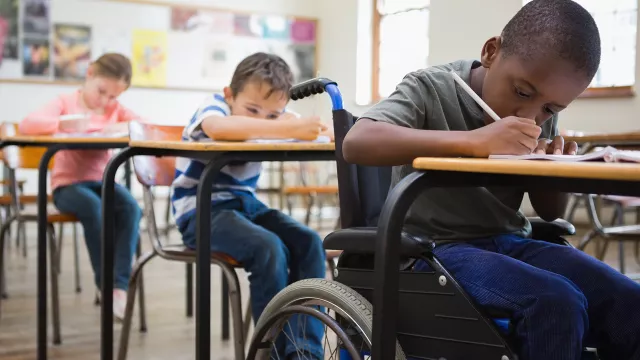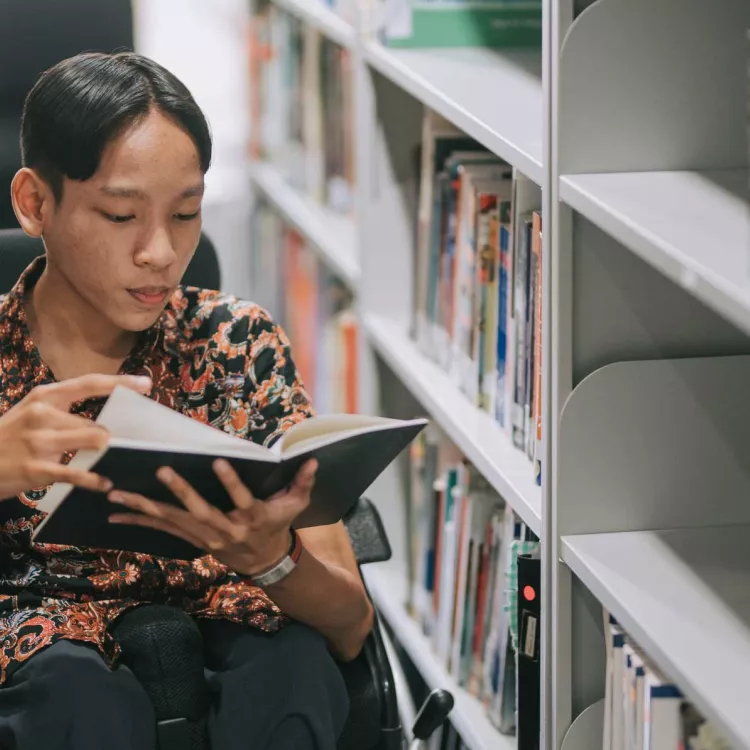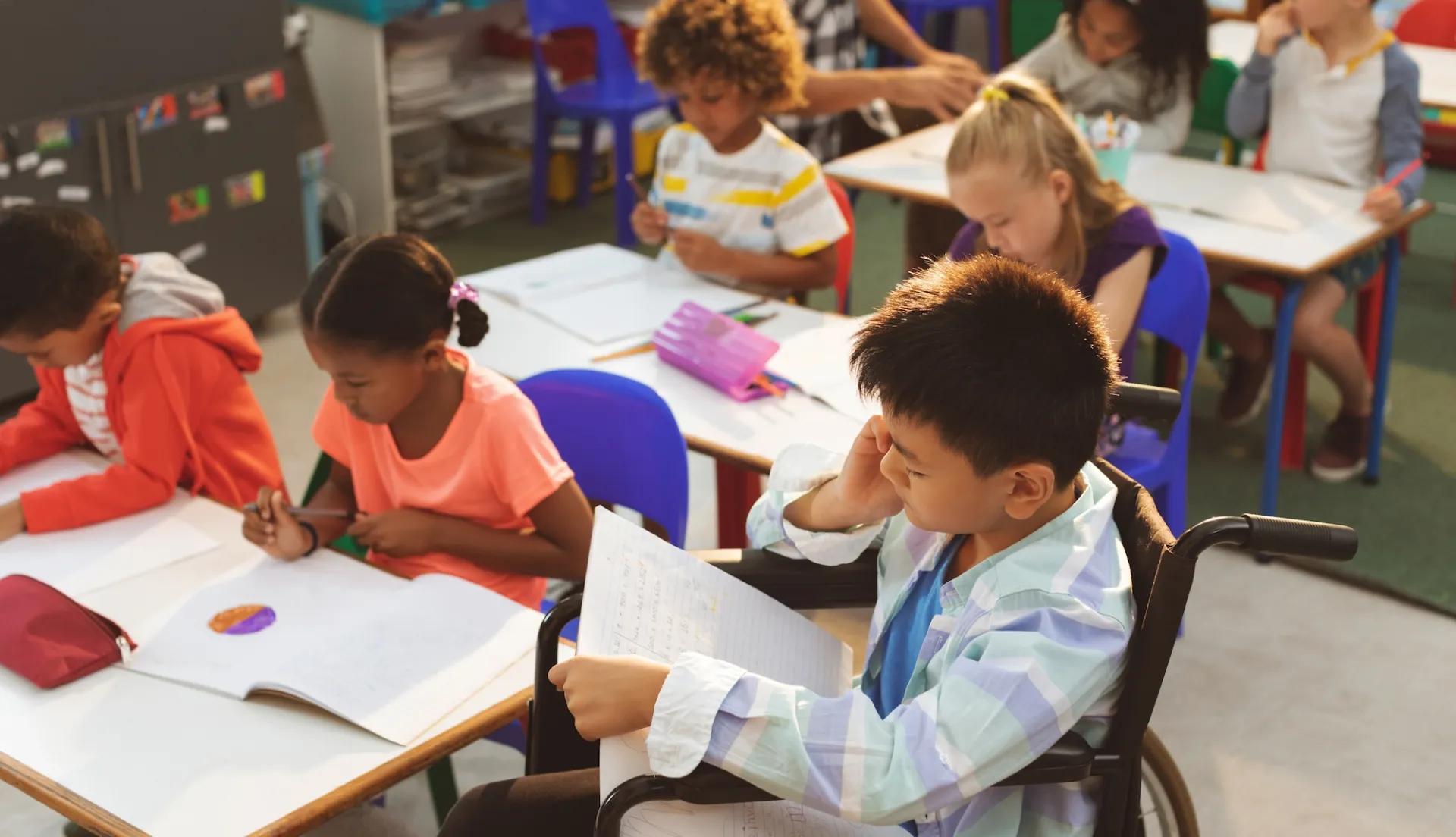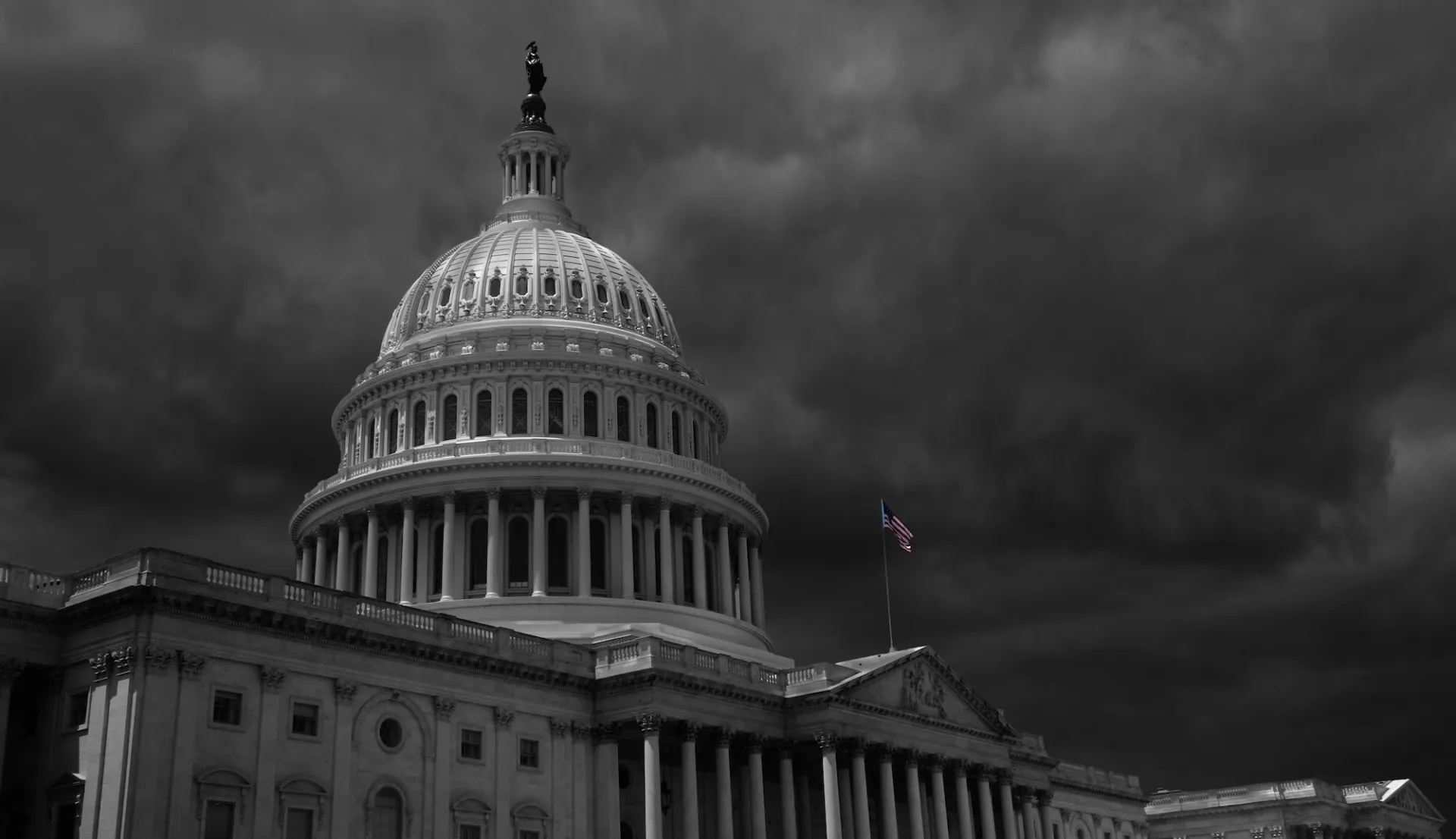Uphold. Honor. Protect: Commemorating the 35th Anniversary of the Americans With Disabilties Act
NEA believes that by building awareness, strengthening advocacy, and taking collective action, educators can help secure the supports every student and educator with a disability deserves. Through educator organizing, community partnerships, and coordinated policy efforts, we aim to ensure that all students receive a free, appropriate public education in inclusive environments, and that educators with disabilities are protected, supported, and valued in the workforce.
We are committed to cultivating agency within our membership by creating opportunities for learning, organizing, and mobilization that are led by those most impacted. Our approach centers the lived experiences of disabled educators and students and acknowledges the ways disability intersects with race, class, gender, and other identities.
Through solution-driven advocacy, professional development, and inclusive leadership pathways, NEA advances policies and practices that uphold rights, challenge ableism, and foster equity across our schools and unions.
Together, we are building schools where all students and the educators who serve them can learn, grow, and thrive.
Disability Rights and Inclusion (DRI) Coalition Grant
Disability Rights and Inclusion Learning Opportunity
Resource Hub
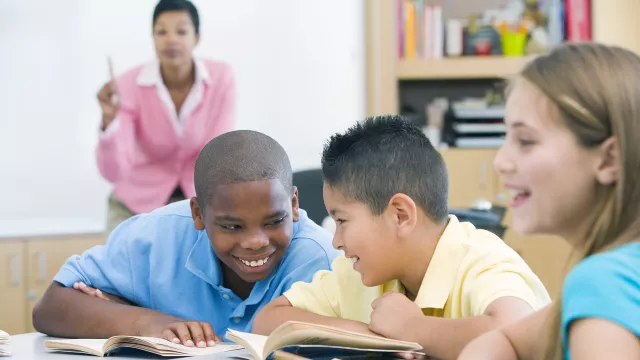
Words Matter: Disability Language Etiquette
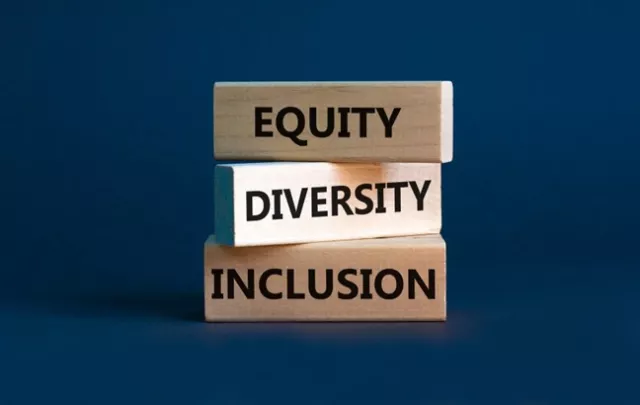
The Ford Foundation's Disability Justice Work
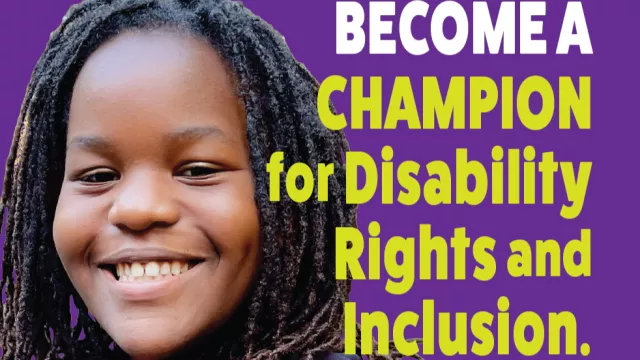
Becoming a Champion for Disability Rights and Inclusion
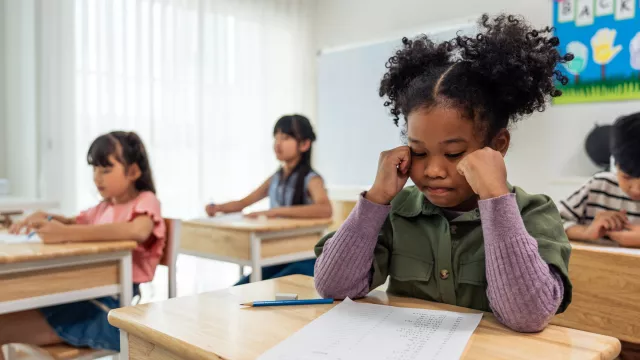
Recognizing Your Biases
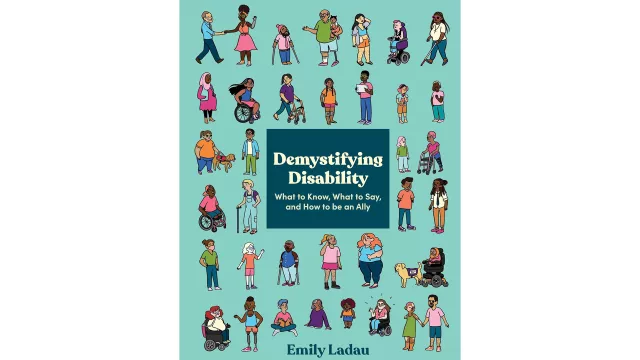
NEA Member Book Club
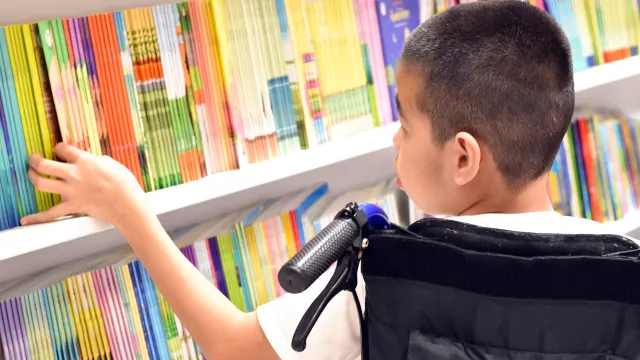
Disability Awareness Booklist
Links to external websites are provided for informational purposes only. NEA assumes no responsibility for the content or policies of external websites.

